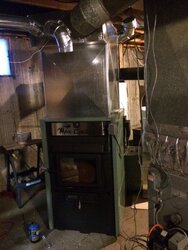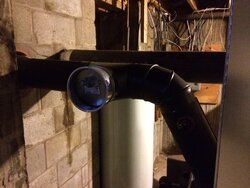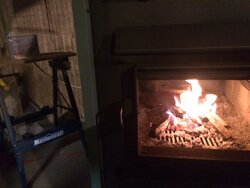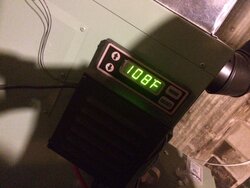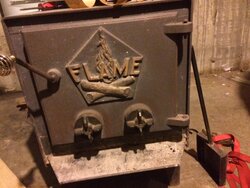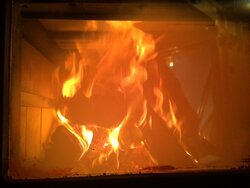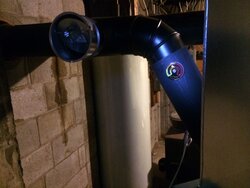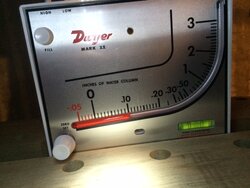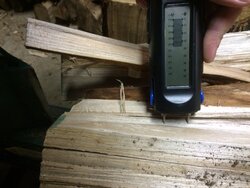First post here, and please forgive my bad english :- )
I have a 1977 one story and a half house of 48 x 32 (interior 46x30), I live in Quebec so having -25 to -30 celcius is common. The living room has a cathedral ceilling with what we call a Mezzanine in french (can't find translation!)
Basement is not insulated.
Windows are all original 1977
Existing oil furnace is 85,000 BTU which have hard time to keep up a 20 celcius inside when at -30 outside (but it does, running almost constantly)
Now I want to choose between a Caddy or a Max Caddy... and that's why I ask for help.
Would you choose the Caddy or the Max Caddy ?
And for now I want to install it temporary in the basement without connecting it to the existing oil furnace duct, as i'm running low on money, I want to save some money on the duct work and the electric heater installation in the furnace, I will do it next winter.
Just below where I will install the furnace, there is a 3' by 1' massive metal hole plate in which I will align the output plenum.
My second question is; is it safe or a bad idea ? will it work ?
Is it easy to not output too much heat ? like a lower fan speed with less wood ?
I have a 1977 one story and a half house of 48 x 32 (interior 46x30), I live in Quebec so having -25 to -30 celcius is common. The living room has a cathedral ceilling with what we call a Mezzanine in french (can't find translation!)
Basement is not insulated.
Windows are all original 1977
Existing oil furnace is 85,000 BTU which have hard time to keep up a 20 celcius inside when at -30 outside (but it does, running almost constantly)
Now I want to choose between a Caddy or a Max Caddy... and that's why I ask for help.
Would you choose the Caddy or the Max Caddy ?
And for now I want to install it temporary in the basement without connecting it to the existing oil furnace duct, as i'm running low on money, I want to save some money on the duct work and the electric heater installation in the furnace, I will do it next winter.
Just below where I will install the furnace, there is a 3' by 1' massive metal hole plate in which I will align the output plenum.
My second question is; is it safe or a bad idea ? will it work ?
Is it easy to not output too much heat ? like a lower fan speed with less wood ?




